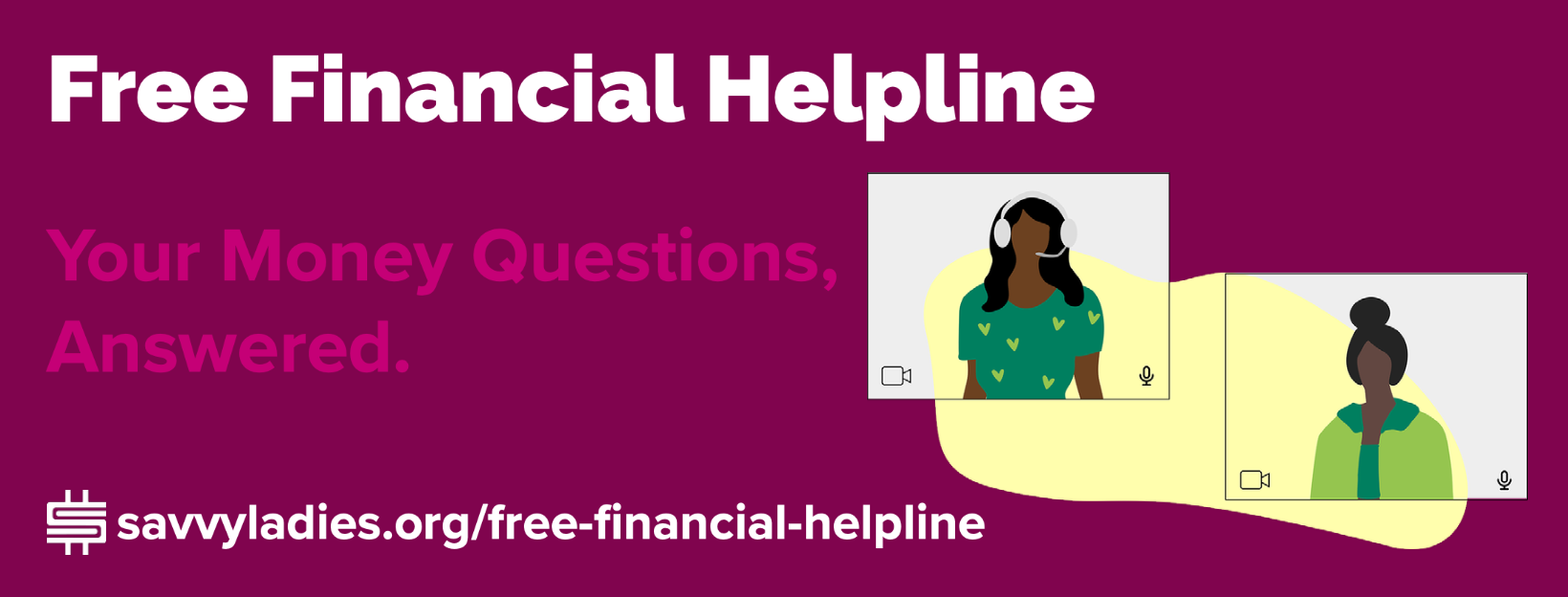by Stacy Francis, CFP®, CDFA
If you don’t have an emergency fund, it’s time to get serious about building one.
The purpose of the fund is to sock away a minimum of three to six months’ living expenses. But this money could also be used when you’re staring at major, unplanned expenses such as a car breakdown or a leaky roof.
What’s important is that you put the money away consistently, and then tap it only for true emergencies. And let’s be clear! A new dress for your best friend’s wedding does not qualify as an emergency!
Why You Need It
Emergency funds are an absolute necessity for financial security because they give you funds to fall back on if you become ill or disabled and can’t work, or if you or your spouse lose your job, incur large medical bills, or have an unexpected large bill such as a major car or home repair.
Without an emergency fund, you may be forced to use credit cards that could take you many years to pay off. The steep interest rates of credit card debt will end up costing you much more in the long run. Pretty depressing.
How Much You Need
The minimum amount in your emergency fund should be three to six months’ worth of basic living expenses. Singles who don’t have dependents who rely on them may be able to get by with three months’ worth, but couples or anyone with dependents should definitely shoot for six months’ worth. The more people you support, the more likely you are to have unexpected or unplanned costs.
If you don’t have short- and long-term disability insurance at work or a private policy of your own, it’s a good idea to have even more cash stashed in your emergency fund. When estimating how much money should be in your emergency fund also consider the degree of difficulty you’d have in finding a new job if you lost yours. For example, if you’re a teacher and teachers are in demand, you probably wouldn’t be unemployed for as long as a person with skills that are not in demand.
Where To Keep It
While you wouldn’t want to keep your retirements funds in these types of accounts, saving accounts, money market accounts, certificates of deposit, money market funds, and short-term bonds are all good places to stash the cash you may need on short notice. These are the most liquid investments. Liquidity refers to how quickly an asset can be converted into cash. Your house is not a liquid asset because it could take months to sell it. Stocks are somewhat more liquid than real estate, but you can lose money on stocks if you’re forced to sell at a time when the market for your stock is less than favorable. Even though interest on liquid investments may barely keep up with inflation, the lower risk is worth the lower return when you may need the money quickly.
Savings Accounts
Savings accounts usually pay somewhat higher interest and segregate your savings from the money that covers your living expenses. They’re less likely to have monthly fees. One of the highest interest rates in town are offered by Capital One and Ally Bank.
Make sure that the account is FDIC insured so you know your account is always secure.
Money Market Funds
You can think of money market funds as low risk mutual funds. They’re not 100 percent risk free, but they’re safe enough. The Securities and Exchange Commission regulates these funds and limits the kinds of investments fund managers can make – primarily U.S. Treasury issues, and other securities carrying the highest credit ratings.
What should you look for when shopping for a money market fund?
Make sure the fund has low management fees. You want to pay less than 0.50% percent. Make sure to watch out for fees for check-writing privileges or electronic transfers from the fund to your checking account. Also be sure to ask what is the minimum check size. You should expect it to be between $100 and $500. You’ve got to shop around. Large, reputable financial institutions are your best bet. They are a good place to start.
Like any other mutual fund, you want to read the prospectus before you part with your money. Many investment companies will let you download prospectuses right from their Web sites. If you use an investment firm, talk to someone there or visit the company’s Web site to see what it has to offer.
Be sure to see a professional for guidance if you have questions about selecting a proper fund. Then set up an auto-withdrawal from your regular checking account or direct deposit amount from your paycheck right into this new account. Adjust your budget to accommodate having less money each month and forget about it.
You can also give your emergency fund a boost now and then by putting “windfall” money into to it. You know “free-money”: birthday gifts, inheritances, insurance settlements, escrow overages, rebates, tax refunds, etc.
Your emergency fund becomes your own financial insurance policy. And if you never use it you will have that much more money to play with when you retire. Or even retire early with the extra money you have saved!


